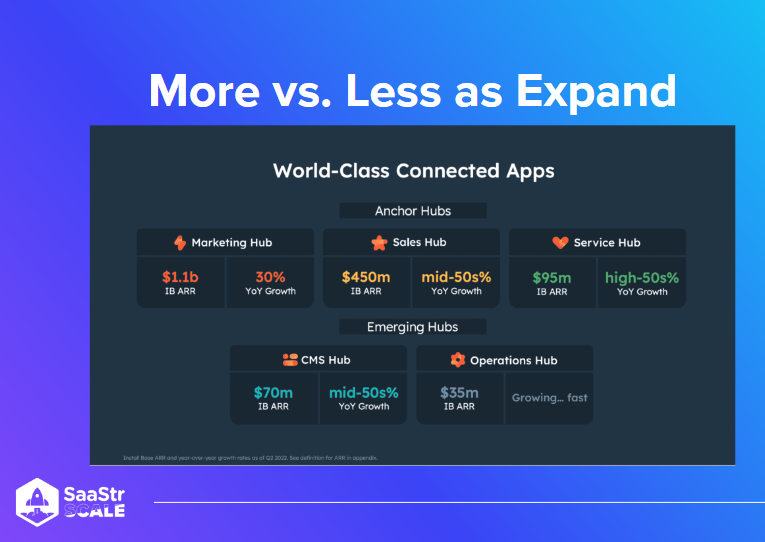Across their 100,000 customers, Hubspot has endured an unforgettable past few years. Their customers desperately need to make sense of this new world – not only how to survive massive digital acceleration but also high inflation and other forms of political and economic volatility. Customers have become very thoughtful about where they can spend their budget and how to do more with less in times of uncertainty.
Yamini Rangan, CEO at HubSpot, has many insights on how to serve SMB customers at scale. That’s why Yamini sat down with Jason Lemkin, Founder & CEO at SaaStr, to share her thoughts with the SaaStr community!
The Challenge of Digital Expansion for SMB
The past few years have kicked off an unprecedented wave of digital expansion. When the shift began in 2020, everyone wrote off SMBs as unprepared for the necessary changes that lie ahead. Although they lacked an IT team or CIO equivalent to their enterprise counterparts, SMBs responded quickly. They pivoted very hard into the digital space, where they have gone on to thrive.
By 2021, the market witnessed a frenzied phase to add point solutions. An SMB had, on average, 248 business applications—a volume that proved necessary to keep up with the explosive growth of customers in the new digital era.
This pace cannot be sustained forever. In 2022, SMBs have had to develop strategies that drive the most value and be more efficient with their capital. Their focus has been on eliminating some of those point solutions while still keeping contact with their customers.
“Customers today have this crisis of disconnection: too many people in too many places, it’s hard for our customers to connect with their customers.” – Yamini Rangan
Everything comes in cycles: explosion followed by consolidation, bundling followed by unbundling, et cetera. The challenge rests with how these businesses connect their solutions and navigate the tension between “needs” versus “nice-to-haves.”
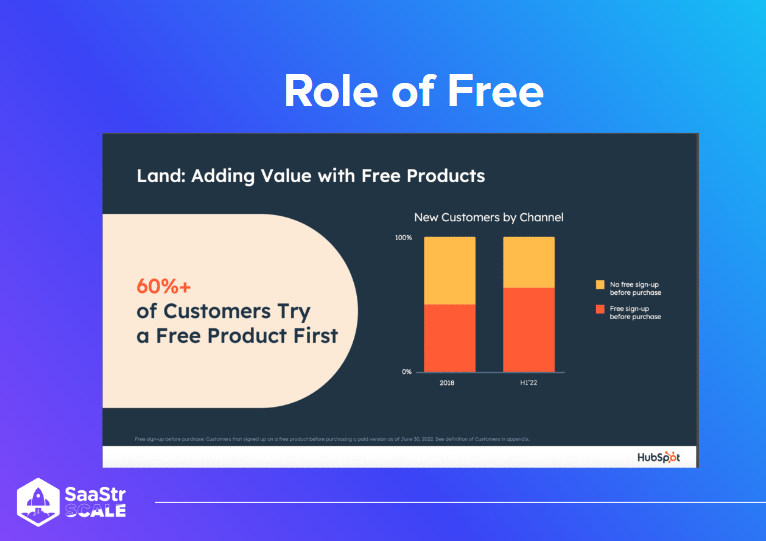
Moving from Automation to CRM
Despite starting as a marketing automation company, HubSpot has since evolved into a CRM platform positioned to aid SMBs in navigating various challenges. But because SMBs are rarely digital-first, their recent challenges allowed HubSpot to leverage their years of experience in marketing automation, as it became a core feature of how these companies worked to scale.
HubSpot has often focused on the “M” in SMB, with 1000-2000-employee companies—and that size tends to involve many more executives, who sometimes also serve on the board. And over the past few years, more and more CFOs and CEOs have become more involved in everyday decision-making, so the impact of every expenditure needs to be very clear; compared to SMB, the conversations, stakeholders, and reasons can vary wildly.
Meanwhile, many of Hubspot’s smaller clients (the 1-10 segment) require product-led motions, where direct revenue may pile up slowly in the early days. So when it comes to portioning your budget to the long tail, you need to have a clear strategy for allocating your finite resources. Work to understand what you’re doing and why you’re doing it, so you know how to allocate your resources effectively.
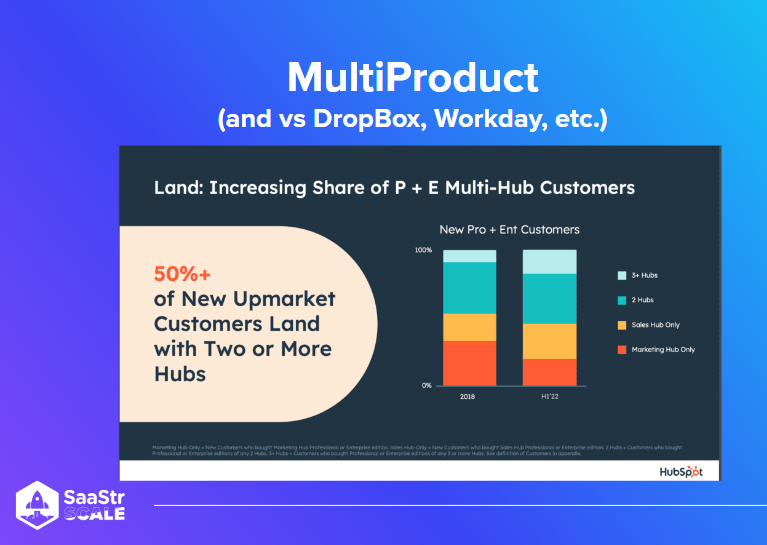
The Role of Free and Multiproduct Hubs
HubSpot only made direct and partner sales for the first eight or nine years. But across the SaaS ecosystem, sixty percent of customers try the free product first – which is why Hubspot eventually took steps backward, offering some of their most valuable products for free.
The Potential of Free
Think of free products as the front door for your product. Rather than trying to shove your total addressable market through a narrow opening, work to build the broadest possible front door that enables the smooth entrance of the most number of people.
But by adding value and helping with growth, you can convert those free customers into paid users (HubSpot, for example, currently boasts one million weekly active users of their CRM). If your free product has true value, then it inevitably drives conversion.
This is why you should err on the side of more free products, not fewer. Giving up the free space can make you cocky, whereas keeping it generates pressure for more innovation from the very top (while simultaneously driving you to maintain and improve your consumer’s ease of use). In the end, all customers benefit.
You can also take the opportunity to get as much data as possible from your free offerings – A/B testing, product-led motions, et cetera – to ensure you seamlessly achieve the widest distribution.
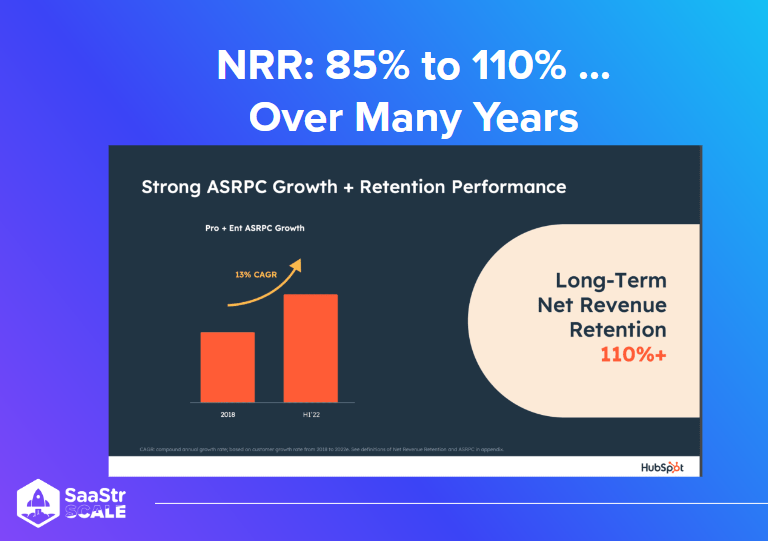
The Power of Multiproduct Hubs
Along their journey from marketing automation to CRM, HubStop has built up their marketing hub, sales hub, service hub, CMS, and operations – five hubs in total; fifty percent of new upmarket customers land with two or more hubs. So how do you become the platform of choice for scaling companies?
Ask yourself: what are you trying to solve for customers? Ultimately, you have two options: to stitch together point solutions (a cumbersome task) or become the platform of choice by providing an enterprise-grade product. The value proposition of the latter, for your customers, is that you provide a seamless data structure and interface which is:
- Easy to buy
- Easy to use
- Easy to dock
For every dollar a customer spends on HubSpot, five to six additional dollars get spent in the larger ecosystem. But that’s in no small part why HubSpot performs customer panels every month, where they consistently hear a common complaint: while other companies try to sell a solution, HubSpot is trying to help solve the problem. HubSpot, for example, provides both:
- Blog content, academy classes, and community. In this way, any search on a front-office topic always lists HubSpot in the top five results.
- “HubSpot for Startups” program. As a result, SMBs have recognized HubSpot as a place for solutions. And over time, that value begets credibility.
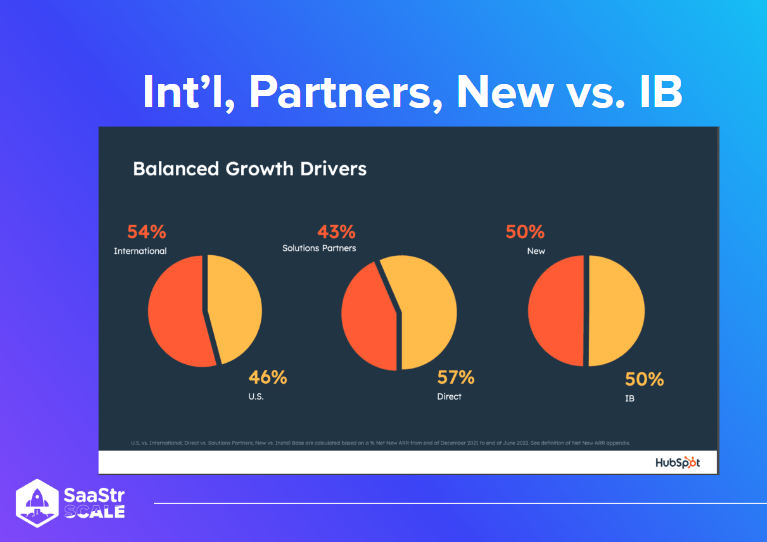
NRR, Growth Drivers, and More vs. Less
“Net revenue retention is the North Star metric for SaaS companies because of what it represents: that you are not only keeping your customers, but protecting from downsells, and continuing to add value.” – Yamini Rangan
For Rangan, NRR is their most treasured KPI beyond mere revenue growth. NRR helps to:
- Ensure that any customer coming to HubSpot is onboarded right: their solutions and value.
- Allow your partners, who start with one hub, to see value in the second hub, third hub, and beyond.
Balanced Growth Drivers
How do you build the moat? More than just direct sales, you also need a thriving partner ecosystem. This is why, only a few years ago, HubSpot defined its strategy as “to sell, and service, with partners.”
You’re here for your customers – and the better collaboration you forge with your partners, the better value that exists for your customers. At the same time, most of HubSpot’s solution partners only sell or promote HubSpot because they don’t have the energy or the time to master another solution – which allows HubSpot to maintain its competitive advantage.
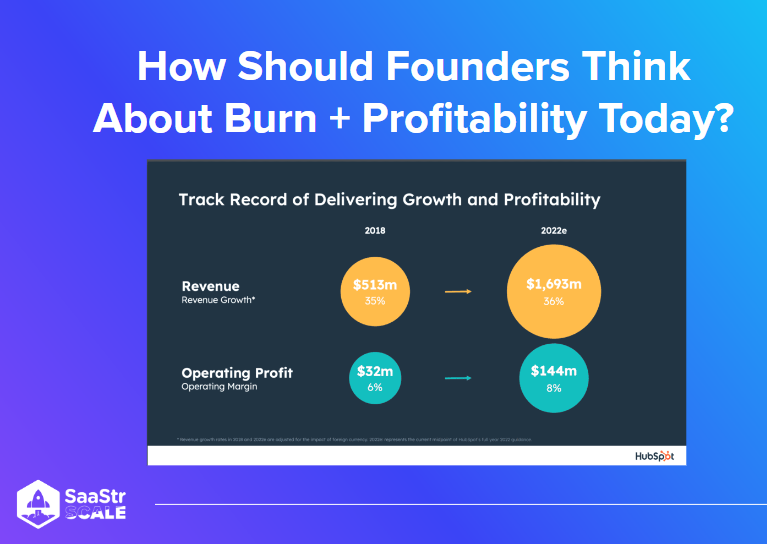
Follow International Growth
Hubspot has customers in one hundred and thirty countries, but Rangan’s perhaps counterintuitive suggestion is to focus on less than ten of these countries. Don’t think about geographical expansion, but focus on eight to ten key markets, with a local presence at their core. As you expand, consider the following:
- The TAM (total addressable market);
- The existing install base;
- Your net growth in ARR;
- Your ability to serve the market in their local language.
Be curious about your customers and the problems they need to be solved, and invest in the long-game relationship with your customers. And when it comes to integration, walk the walk: by solving issues in a connected manner, in a global economy, and with a robust ecosystem.
Key Takeaways
- Develop capital-efficient strategies that drive value.
- Use free products to drive conversion, motivate innovation, and entice your customers.
- Provide an enterprise-grade product that is easy to buy, easy to use, and easy to dock.
- Embrace NRR is the ultimate KPI for what it represents (keeping customers and adding value).
- Drive growth with a thriving partner ecosystem, focusing on eight to ten key markets.
The post Secrets to SMB at Scale with Hubspot CEO Yamini Rangan and SaaStr Founder & CEO Jason Lemkin (Pod 616 + Video) appeared first on SaaStr.
via https://www.aiupnow.com
Amanda Beaty, Khareem Sudlow
